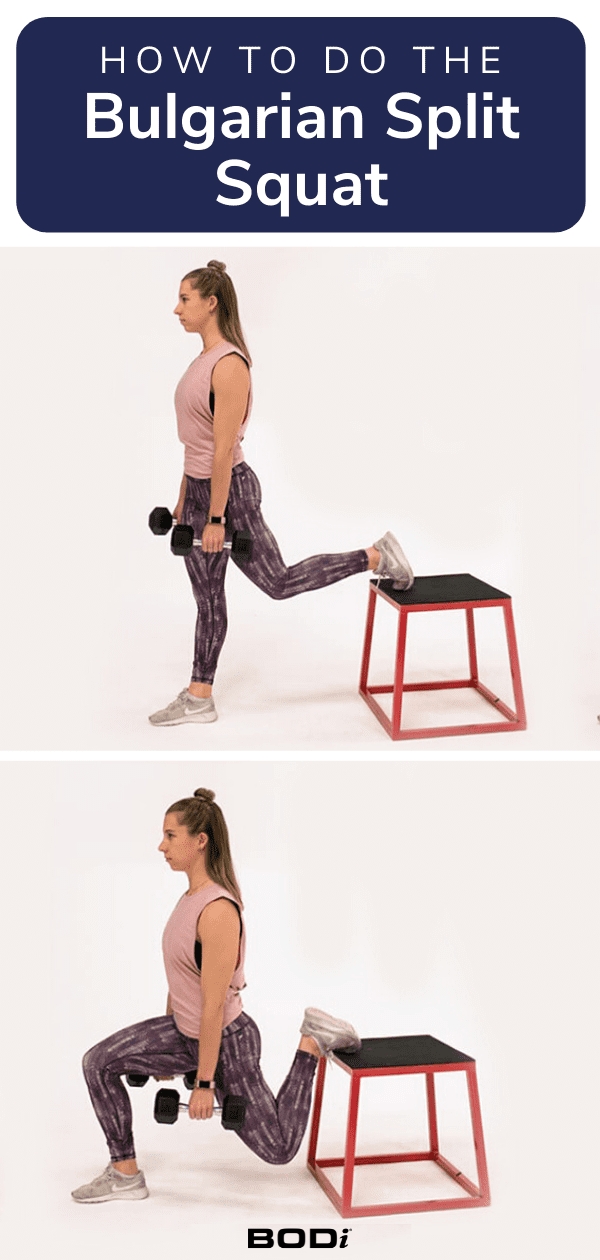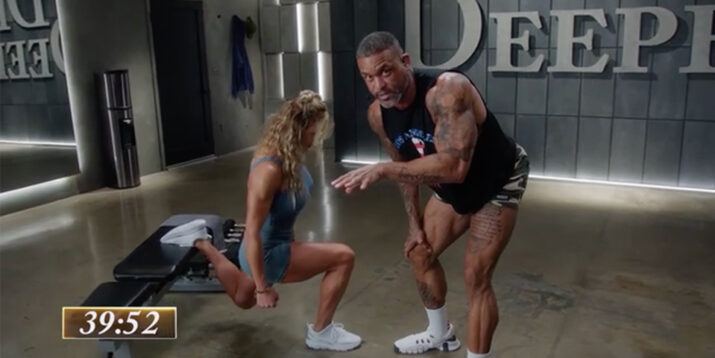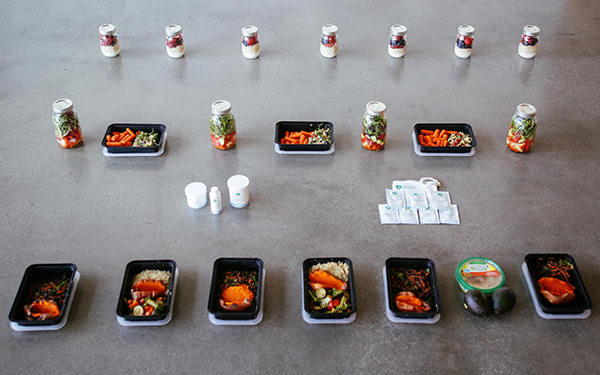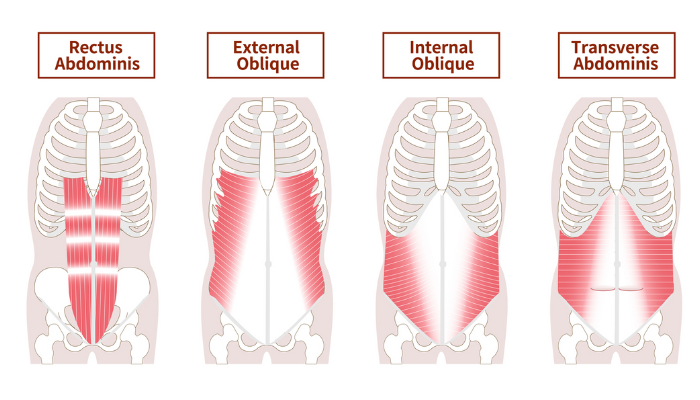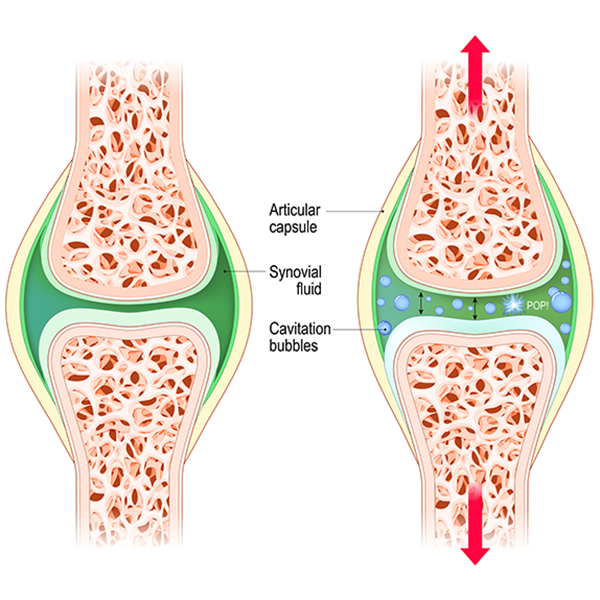If you only perform weightlifting exercises that work both arms or legs at the same time (think: chest press, dip, squat) you’re shortchanging your results. That’s because everyone has a dominant side, and such “bilateral” moves can reinforce strength imbalances by allowing your dominant limbs to take on a greater share of the work.
The solution: Incorporate more unilateral (single-limb) exercises, like the Bulgarian split squat, into your workouts. By working each leg independently, you’ll engage more stabilizing muscles throughout your body (especially in your core), improve coordination, and begin to iron out muscle and strength imbalances.
This particular squat variation, also known as the rear foot elevated split squat or lunge, lifts the rear foot, introducing more instability to the exercise. That, in turn, makes the quads and glutes of the forward leg work harder.
Follow along with Shaun T in the video below as he shows perfect form while doing the Bulgarian split squat.
Bulgarian Split Squat: Step-By-Step Instructions
Target muscles: Glutes, quads, and hamstringsFeatured in: DIG DEEPER >> Lower Body Circuit 2
- Stand facing away from a bench, holding a pair of dumbbells at arm’s length by your sides. Place top of your left foot on the bench behind you. This is the starting position.
- Keeping your torso upright, lower your body down and back until your right thigh is parallel to the ground. Don’t let your right knee travel past the toes of your front foot or let your left knee touch the ground.
- Pause, and then reverse the movement to return to the starting position.
- Perform all reps, switch legs, and repeat.
How to Make the Bulgarian Split Squat Easier
- Beginners should use lighter weights or bodyweight.
- Perform a classic split squat (both feet on the floor).
How to Make the Bulgarian Split Squat Harder
- Use heavier weights. If you’re up for the challenge, you can even try racking a loaded barbell across your shoulders.
- Increase the pause at the bottom of each rep.
- Add a jump at the end of each rep, landing softly and transitioning immediately into your next rep.
Bonus tip: Don’t stand more than a few feet in front of the bench. If you have to arch your back to keep your chest up, you’re standing too far forward. Having your feet too far apart also limits how low you can drop into the squat, diminishing the effectiveness of the move.
Benefits of the Bulgarian Split Squat
- Improved muscle strength and definition throughout the lower body, particularly the quads and glutes
- Reduced visual and functional asymmetry, correcting muscle imbalances
- Increased hip mobility, particularly the hip flexors
- Greater core stability and development
